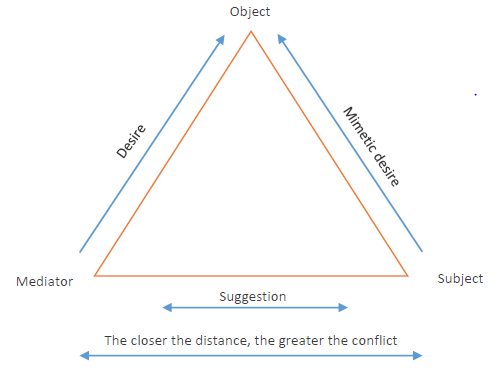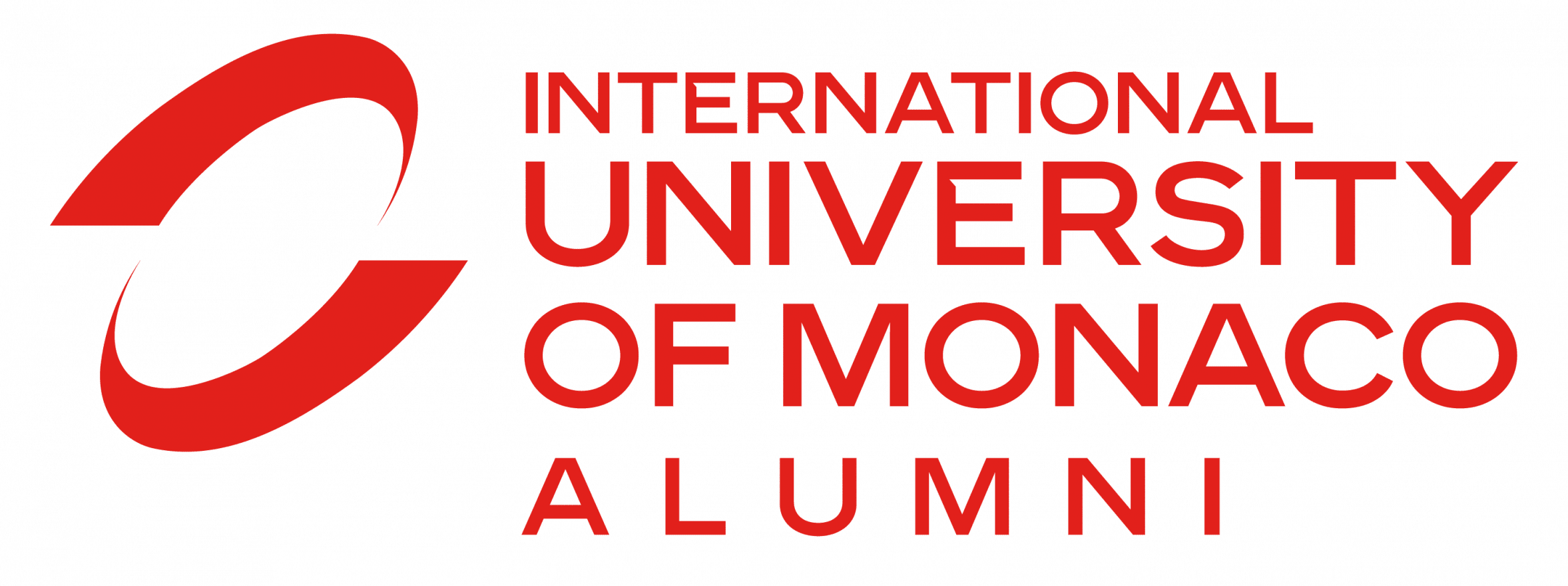RESEARCH SERIES: Mimetic Desire and Mirror Neurons: The Consciousness of Workplace Bullying
Mimetic Desire and Mirror Neurons: The Consciousness of Workplace Bullying
Christian Lebreton (IUM), Damien Richard (INSEEC), Hélène Cristini (IUM)
This paper presents a theoretical model for the study of Workplace bullying (WPB) based on the mimetic desire theory (MDT) of Rene Girard (Girard, 1965). Existing literature on theories of WPB is analyzed followed by a description and scientific empirical validation of the mimetic theory as a new tool to better understand the origins and the process of WPB at the interpersonal level. The expected results and outcome are then discussed. We compare our findings to the results obtained by other researchers. The MDT is proposed as a mean for consciousness improvement for the victim, bully, as well as bystanders, management, HR managers and practitioners.
Workplace bullying (WPB) is an important consideration because of its serious consequences.
for victims’ mental and physical health (Nielsen & Einarsen, 2012; Hirigoyen, 2016) and for companies’ profits (Sheehan, McCarthy, Barker, & Henderson, 2001). By only looking at WPB prevalence, antecedent or outcome, the scientific community has not yet scrutinized what Faulx (2007) calls the “blind box” of harassment: the deep understanding of the psychological mechanisms at work between the bully and the victim.
The French anthropologist Rene Girard (1965) proposed an interesting hypothesis of human culture called Mimetic Desire Theory (MDT). Girard hypothesizes that desire is constantly mimetic, i.e., duplicated, propelled, created, proposed and generated by the other person’s desire. Mimetic desire starts from the minute that one mimics a person’s desire for an object. Following Girard’s MDT hypothesis, desire is constitutive of oneself. To separate desire from instinct, we should include imitation and, in this manner, create the mimetic desire that makes us human. Mimetic want enables us to learn and to adjust to our way of life. Desire and learning are indivisible (Girard, de Castro Rocha, & Antonello, 2007). In Girard’s MDT, desire is “triangular” and drastically unstable: the subject (envious), the mediator-model (jealousy), and an object (Figure 1). For Girard, all human violence takes its sources in the mimetic desire that leads to mimetic rivalry. In light of MDT, the “Mediator”, “Subject”, and “Object of desire” are identified. The mimetic desire “game” is scrutinized through circumstances that unfurl over a significant amount of time. This allows to analyze and explain the origin and the evolution of the WPB situation. From the original critical incident (Leymann,1990) – and throughout the entire bullying period – the mimetic theory sheds light on the genesis and the process of WPB. Here, it is critical to stress that the mimetic desire process is triangular (mediator, subject, object). The bully and the victim’s behaviors are both unconsciously managed by the mimetic desire. One can understand the situation from the bully’s perspective by scrutinizing the mimetic desire in place during the bullying process (Stoupe, 2010).

Figure 1: Triangle of the mimetic desire
The MDT is simple to explain and easy to understand and apply by anyone involved in WPB. Both bully and the victim can avoid becoming entrapped within dysfunctional and toxic relationships such as bullying by being better equipped to recognize the destructive patterns of behavior and emotional responses to situations. The use of mimetic desire concepts also enables human resources managers, bystanders and professionals to better deal with the protagonists. This research might also help prevent and reduce workplace bullying.
Christian Lebreton, Damien Richard and Helene Cristini (2019).
Mimetic desire and mirror neurons: the consciousness of workplace bullying. Problems and Perspectives in Management, 17(1), 103-116. doi:10.21511/ppm.17(1).2019.10
***
If you are interested in this research please feel free to contact Christian Lebreton : clebreton@monaco.edu

Comments0
You don't have the right to access or add a comment. Please log in first.
Suggested Articles

